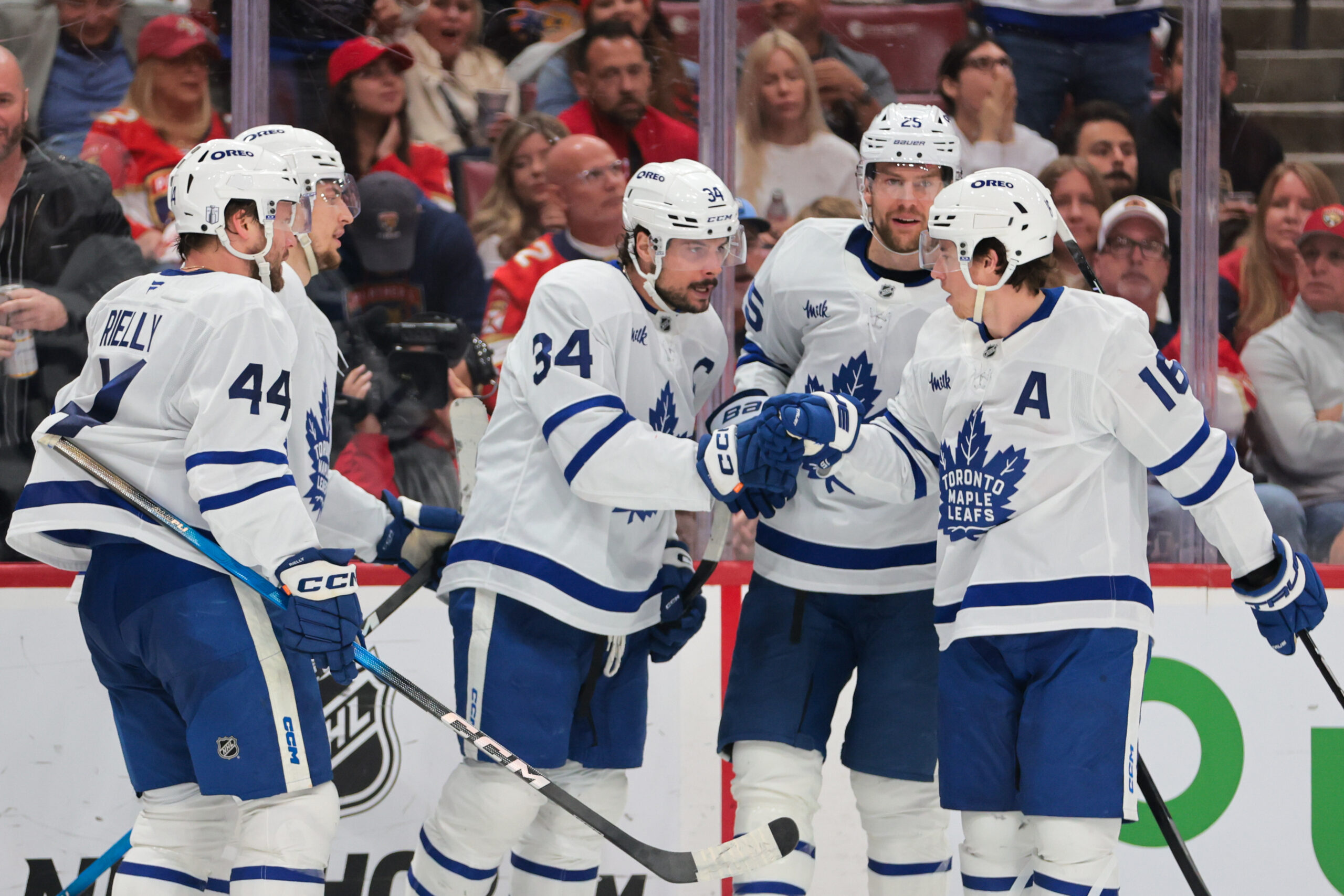Kyle Dubas’s half-decade as Toronto Maple Leafs general manager from 2018 to 2023 was the defining era of the franchise — one that not every Leafs fan remembers fondly. In a candid conversation on the Cam and Strick podcast, Dubas revealed that he almost left the Leafs organization when he was in the running to be the general manager of the Colorado Avalanche. Ultimately, he decided not to take the job because his mentor, Lou Lamoriello, convinced him to stay.
What might have been?
Dubas was Toronto’s assistant GM at the time and was pursued by Colorado. He said he spoke with Lamoriello and was convinced that Dubas knew the roster of the Leafs from top to bottom — players to the operation of the organization — and that, market size and other things aside, to stay in Toronto was best. “Lou’s view of it to me at the time was like you know everyone here, you know the players, you know the ins and outs of it,” Dubas said. “So, that was a big push for me to remain and do that.”
Dubas Becomes Polarizing Maple Leafs GM
When Lamoriello stepped down in 2018, Dubas was promoted to GM, and that set the stage for a series of deals that would reshape Toronto’s roster. Even though he viewed Lamoriello as a mentor — and still does — Dubas quickly made the Leafs his team.
Dubas made a couple of smaller moves, but his first big splash came on July 1, 2018, when he signed John Tavares to a seven-year, $77 million contract. Tavares was the shiny win of that offseason, coming over from the New York Islanders and leaving an angry fan base behind to join his hometown dream team. The issue for many was what Dubas paid to get him when it arguably wasn’t needed.
As good as Tavares was, his contract set a high benchmark for other star forwards like Auston Matthews, William Nylander, and Mitch Marner, contributing to the team’s salary cap struggles. Many felt the signing was unnecessary—especially since Nazem Kadri was already filling the second-line center role effectively. Kadri was eventually traded in 2019, in a deal that turned out to be a premature move and a big loss for the organization.

On December 1, 2018, Nylander signed a six-year, $45 million contract after a lengthy holdout. Initially seen as an overpay since Nylander had only shown flashes of potential, Dubas bet on his future improvement. Nylander has since developed into a valuable player, but some argue the way Dubas handled his holdout and set a new marker for future negotiations was a mistake.
Between February and September 2019, the Maple Leafs signed Auston Matthews to a five-year, $11.64 million AAV deal and Mitch Marner to a six-year, $10.9 million AAV contract. Like Nylander’s deal, these contracts paid more for potential rather than proven playoff success. Both players turned out to be stars, but each contract lacked maximum term and carried high average annual values, allowing Matthews and Marner to reach free agency sooner than ideal.
On April 11, 2021, the Leafs traded three draft picks for Nick Foligno and Stefan Noesen. This trade is widely criticized as the worst under Dubas. Foligno contributed little, was injury-prone, and the Leafs lost valuable picks, making it a regrettable and unpopular deal among fans.
The Leafs later traded for Jared McCann to avoid losing Alex Kerfoot in the expansion draft, but chose to protect Justin Holl. As a result, they lost McCann, who became one of Seattle’s top players.
Zach Hyman was the biggest mistake not to re-sign. He has thrived in Edmonton alongside Connor McDavid, and the Leafs missed out on his top-six contributions at what is now seen as a bargain free agency price tag.
What If Dubas Had Left Toronto in 2017?
There were good things Dubas did while the GM in Toronto. It would be unfair to overlook them completely.
That said, if Kyle Dubas had accepted the Avalanche GM role in 2017, Toronto’s front office and roster might have looked quite different. One could argue that the changes might not have been as drastic as suggested, given that the Toronto Maple Leafs hired Brendan Shanahan as team president on April 11, 2014. Many believe he was the puppet master behind most, if not all, of Dubas’ moves. Furthermore, Dubas hinted at trading Marner (or one of the Core Four) prior to being relieved of his duties in May of 2023. He arguably saw the error of his ways in holding on too long and was planning to make adjustments before losing the chance to do so.
Still, Dubas’s moves in Pittsburgh since taking over have also been scrutinized, and the pattern emerging here is that he makes bold decisions that aren’t always wise. Undoubtedly, he made mistakes while at the helm in Toronto.
It poses an interesting “what if” question, and not just in Toronto. What might he have done in Colorado if he’d been hired? Colorado’s rebuild could have accelerated with Dubas at the helm, or they might have faltered and not won the Stanley Cup in 2022.
